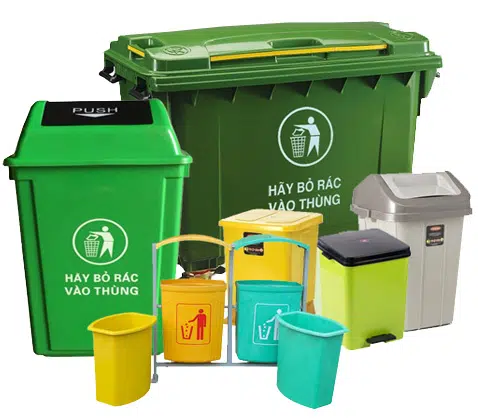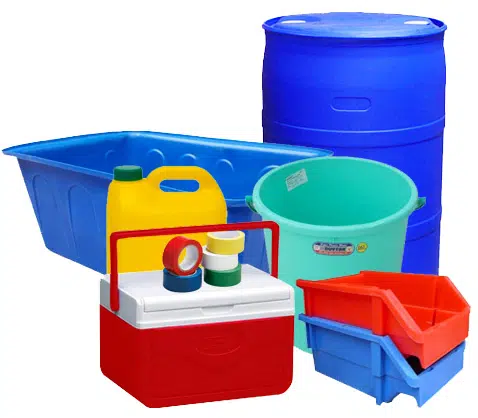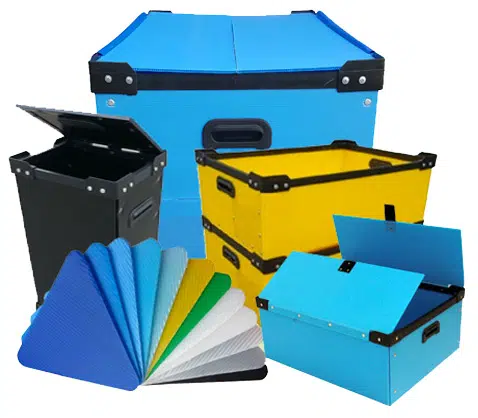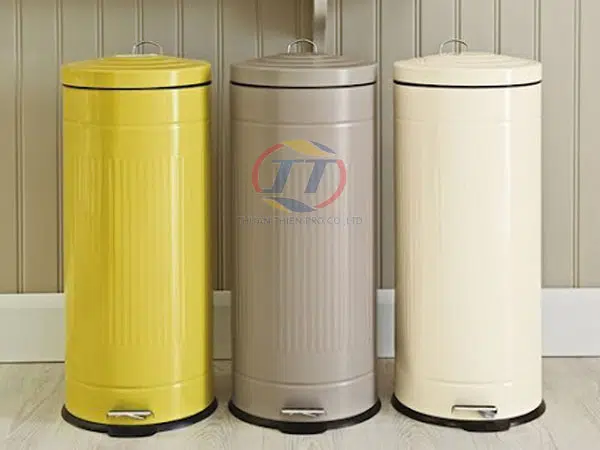In the vast and complex world of polymers, Panpla plastic stands out as a material of unique and transformative potential. While not as widely known as polyethylene or PVC, this innovative plastic is quietly revolutionizing a range of industries, from packaging and medical devices to consumer goods and industrial components. Its distinct properties—including exceptional strength, light weight, and a surprising degree of versatility—make it a material poised to shape the future of manufacturing and design. This comprehensive article will take a deep dive into the world of Panpla plastic, exploring its chemical composition, its unique characteristics, its current and future applications, and its role in a more sustainable future.
At its core, Panpla is a type of high-performance polymer that is engineered to address the limitations of more traditional plastics. Its name is derived from “Pan-Polymer,” reflecting its ability to combine the best attributes of different polymers into a single, highly effective material. Unlike some plastics that are brittle or prone to degradation, Panpla is a marvel of material science, designed to be both durable and flexible, offering an unparalleled balance of form and function.
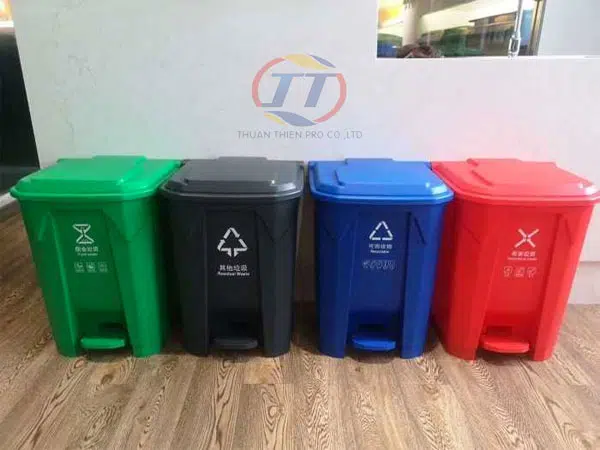
The Science of Panpla: A Closer Look at its Composition
The unique properties of Panpla are a result of its sophisticated chemical structure and the manufacturing processes used to create it. While the exact formulation is often proprietary to manufacturers, it is generally understood to be a composite polymer, combining various monomer units to achieve a desired set of characteristics. This ability to “tune” the polymer’s properties at the molecular level is what gives Panpla its incredible versatility.
Strength and Durability: One of the most defining characteristics of Panpla is its exceptional strength-to-weight ratio. It is significantly lighter than many metals but can withstand a similar degree of stress and impact. This makes it an ideal material for applications where strength is needed without the added weight, such as in aerospace components and automotive parts.
Chemical and Temperature Resistance: Panpla is highly resistant to a wide range of chemicals and can withstand extreme temperatures, both hot and cold. This makes it suitable for use in harsh industrial environments and in applications where it may come into contact with corrosive substances.
Transparency and Clarity: Depending on its formulation, Panpla can be manufactured to be remarkably transparent and clear. This makes it a great choice for a variety of applications, from medical device casings to food and beverage packaging where visibility of the contents is important.

Applications Across Industries: Where Panpla is Making an Impact
Panpla’s unique properties have allowed it to penetrate a wide range of industries, often replacing traditional materials like metal, glass, and other plastics.
Medical and Healthcare: In the medical field, Panpla is being used to create a new generation of medical devices, from surgical instruments to diagnostic equipment. Its strength, chemical resistance, and ability to be sterilized make it a safe and reliable choice for these critical applications.
Food and Beverage Packaging: The transparency, light weight, and chemical resistance of Panpla make it an ideal material for food and beverage packaging. It can be used to create durable, shatterproof bottles and containers that keep products fresh and safe for consumption.
Consumer Goods: From electronics casings to kitchenware, Panpla is being used to create a new generation of consumer products that are not only durable and lightweight but also aesthetically pleasing. Its ability to be molded into complex shapes allows for greater design freedom.
The Role of Panpla in a Sustainable Future
As the world grapples with the environmental impact of plastics, Panpla is being developed with a focus on sustainability.
Recyclability: Many Panpla formulations are designed to be fully recyclable, allowing them to be reprocessed and reused in the manufacturing of new products. This helps to reduce waste and conserve natural resources.
Reduced Carbon Footprint: The light weight of Panpla components can lead to a significant reduction in fuel consumption for vehicles and airplanes, which in turn reduces their carbon footprint. By using Panpla instead of heavier materials, we can make our transportation systems more sustainable.
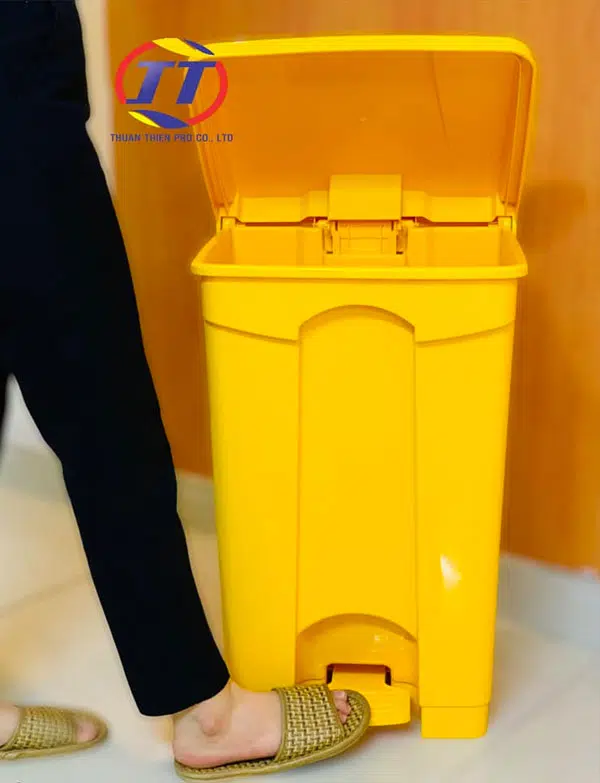
In conclusion, Panpla plastic is a material of the future. Its unique combination of strength, versatility, and sustainability makes it an ideal choice for a wide range of applications. As our need for high-performance, lightweight, and environmentally friendly materials continues to grow, Panpla will play an increasingly vital role in shaping the products and industries of tomorrow. It is a material that is not only innovating manufacturing but also helping us to build a more sustainable world.

